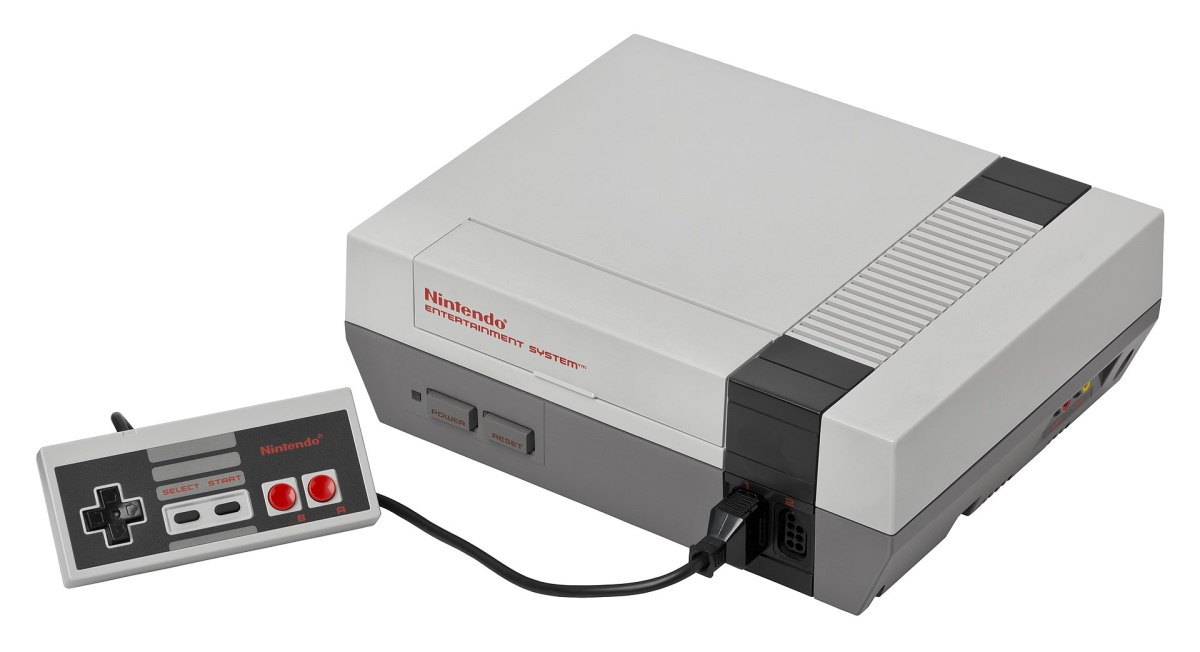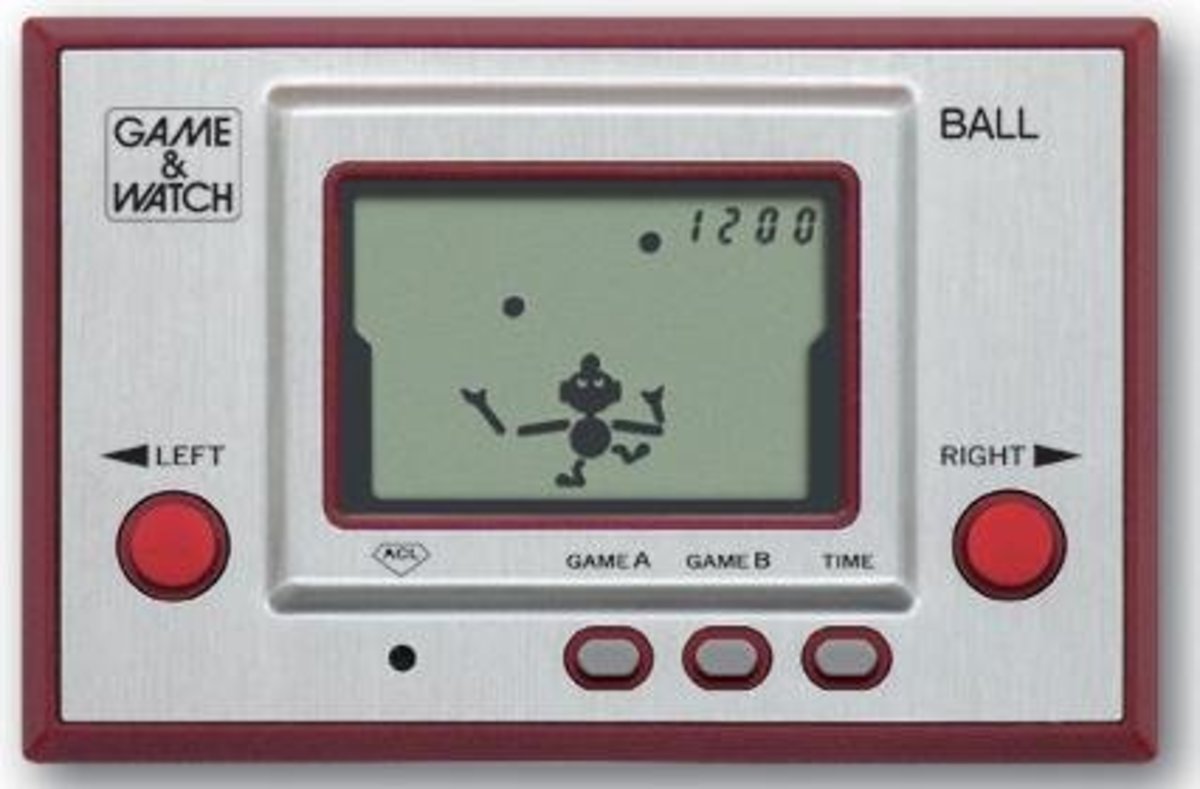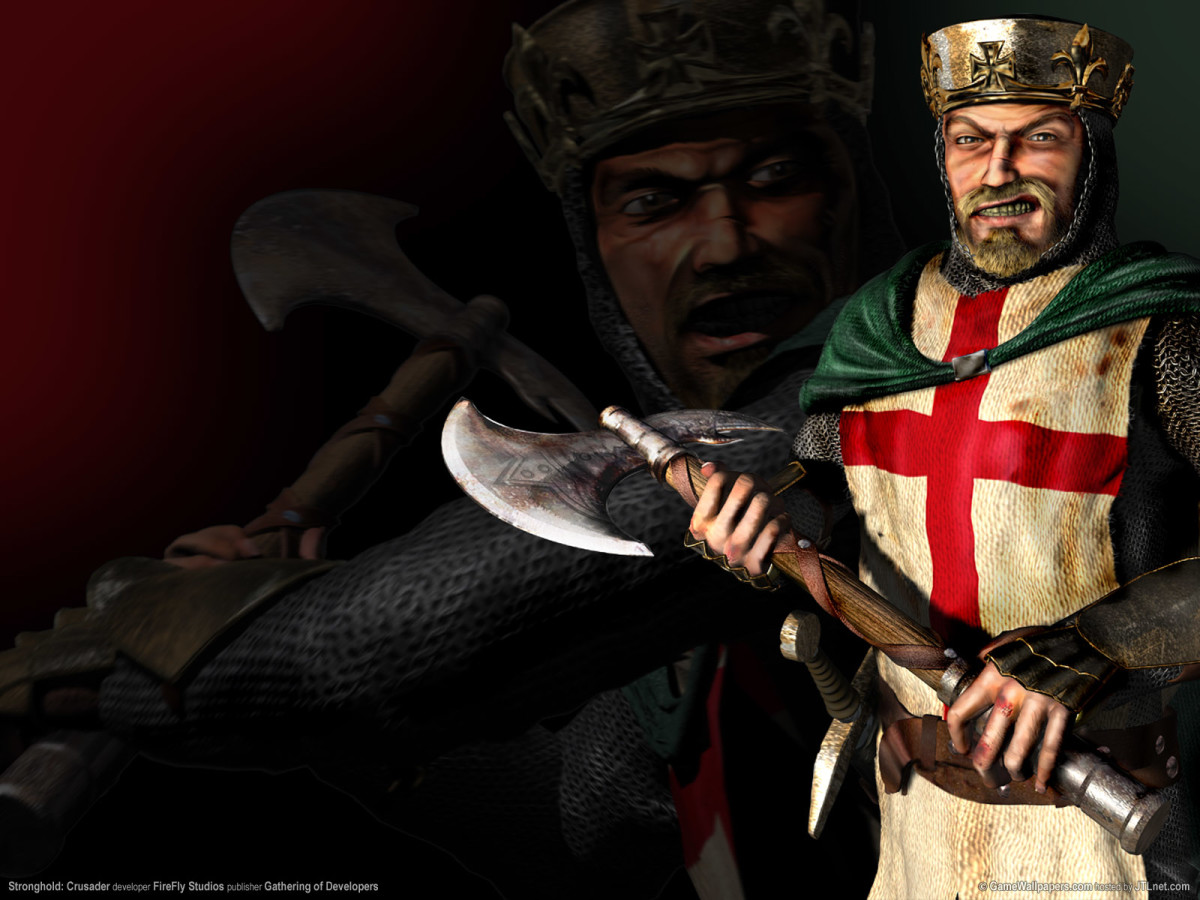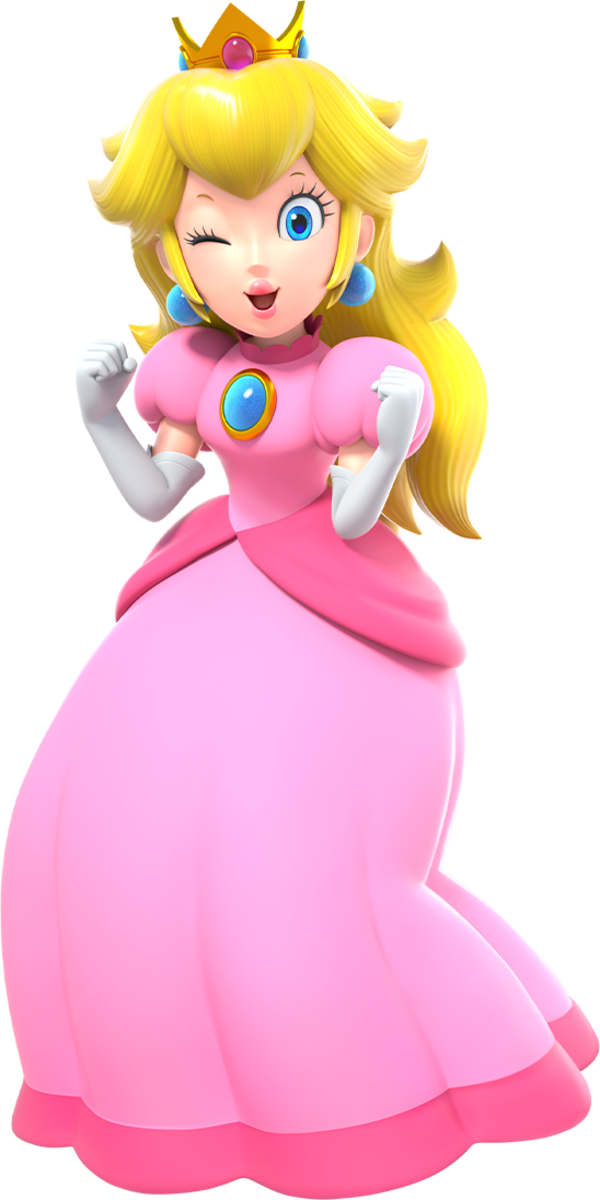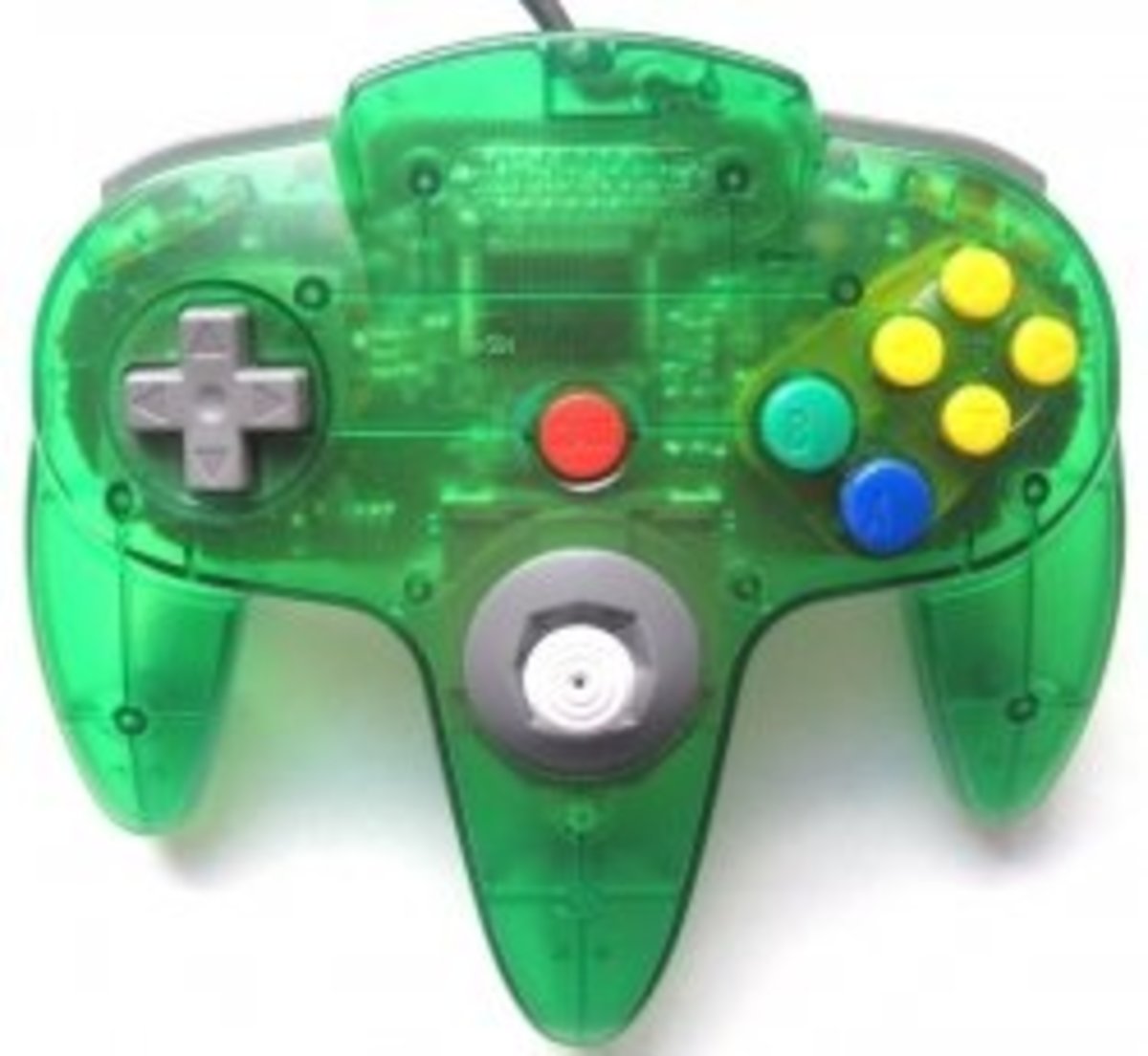The Miraculous 10 Years of Classic Games: Japan in the 1990s(Part 2)
The 1990s were truly a golden era for Japan’s gaming industry.
Centered around the Super Famicom (Super Nintendo), countless masterpieces were released during this time, laying the foundation for modern gaming culture.
In this article, let’s look back at some of the most iconic titles released in Japan between 1992 and 1993.
Note: The sales figures listed below refer to Japanese sales only.
1992: The Rise of Open-Ended RPGs and Fighting Games
In January 1992, Romancing SaGa was released. Its groundbreaking “free scenario” system was so innovative that it was said to have “broken the rules of RPGs.”
Many children struggled with its high difficulty, but for those who persevered, the game offered a deep and rewarding experience.
Sales in Japan: 980,000 copies
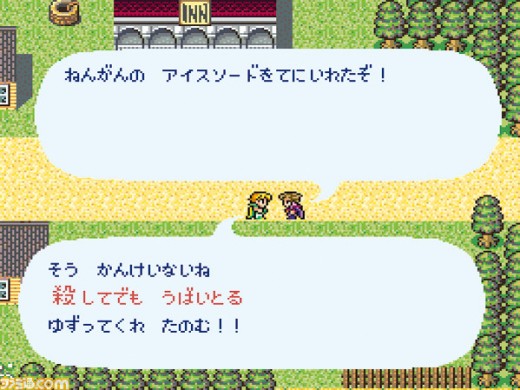
Also in 1992, the Game Boy introduced Kirby’s Dream Land. Today, Kirby is known for his round, cute design, but the first title had a sharper look that some players found a little unusual.
Still, the simple controls and Kirby’s ability to copy enemy powers made it an instant hit and the beginning of a beloved series.
Sales in Japan: 1.72 million copies
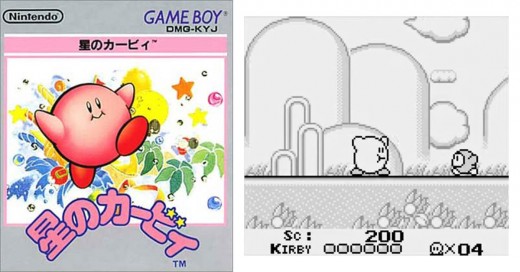
That same year, the release of Street Fighter II created a cultural phenomenon.
Many players fondly recall being able to perform Hadouken with ease, but struggling endlessly to pull off Shoryuken. Arcades across Japan—from large game centers to tiny machines tucked away in candy shops—were packed with kids and adults alike, battling it out.
Sales in Japan: 2.9 million copies
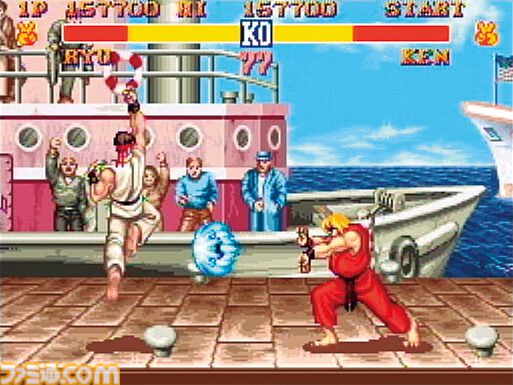
Nintendo also released Super Mario Kart in 1992. Though technically a racing game, the addition of items made every match unpredictable, creating fierce rivalries among friends. Countless living rooms turned into heated battlegrounds thanks to this title.
Sales in Japan: 3.82 million copies
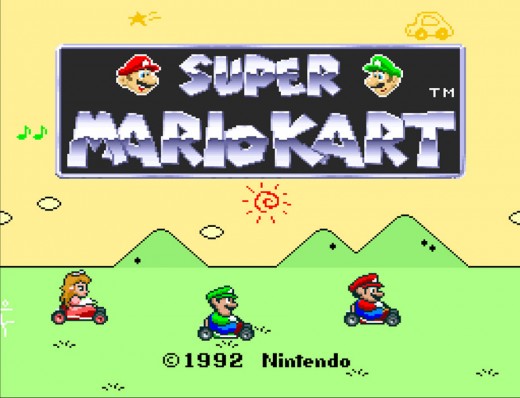
Toward the end of the year, two national RPG giants released their latest installments.
First, Dragon Quest V: Hand of the Heavenly Bride, which became famous for its marriage event. Fans across Japan argued endlessly over whether to choose Bianca or Flora, making it one of the most talked-about moments in RPG history. The game also introduced the innovative ability to recruit monsters, adding a whole new dimension to the series.
Sales in Japan: 2.8 million copies

Next came Final Fantasy V, beloved for its flexible job system. Players could freely change jobs and experiment with countless strategies, leading to endless replayability. Despite its relatively quick development cycle, the game maintained remarkable polish and showcased Square’s unstoppable momentum at the time.
Sales in Japan: 2.45 million copies

1993: Expanding Genres and the Joy of Hidden Secrets
By 1993, gaming genres had diversified even further.
One of the biggest hits was Dragon Ball Z: Super Butōden, an anime-based fighting game. Fans were thrilled to play as Goku and Vegeta, but the real buzz came from discovering hidden commands that unlocked characters like Gohan and Trunks. Back then, kids shared these secrets on the playground, eager to prove whether the rumors were true.
Sales in Japan: 1.45 million copies
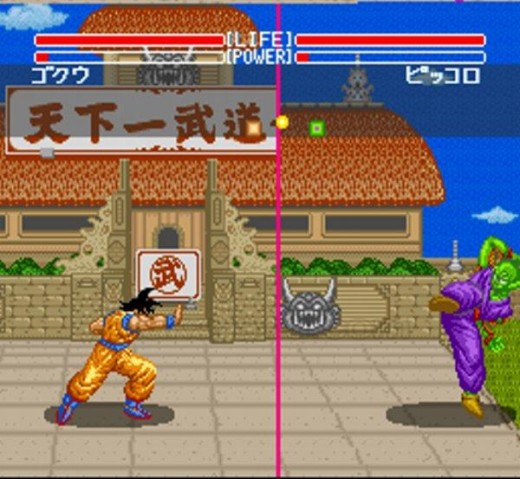
The same year saw the release of Secret of Mana (Seiken Densetsu 2). This action RPG stood out for allowing two players to play cooperatively—an exciting experience at the time. Its innovative ring command system also made the gameplay both intuitive and strategic.
Sales in Japan: 1.5 million copies

Another massive success of 1993 was the puzzle masterpiece Super Puyo Puyo. The thrill of chaining combos and the intensity of head-to-head battles captivated players of all ages. It even gave rise to tournaments, helping establish puzzle games as a competitive genre.
Sales in Japan: 1.7 million copies
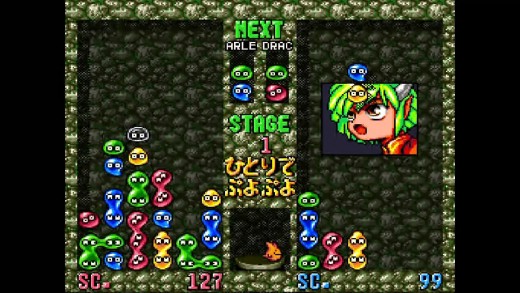
Finally, astonishing fans with its quick release, Romancing SaGa 2 arrived just one year after the first. Its grand system of passing down the empire’s legacy across generations was groundbreaking, and to this day it remains one of the most beloved entries in the series.
Sales in Japan: 1.17 million copies
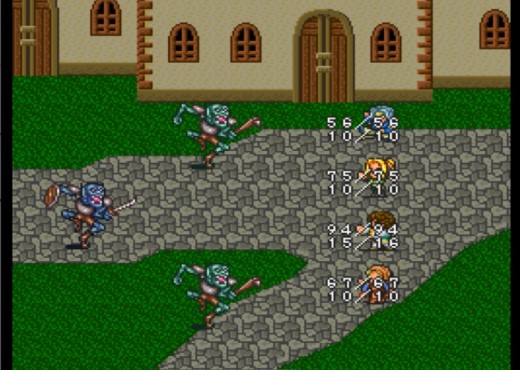
Conclusion: The Dawn of a Golden Age
In just a few short years between 1990 and 1993, Japanese gaming saw the birth of an incredible variety of masterpieces.
Children were completely absorbed in these games—sharing hidden commands, exchanging cheat codes, celebrating victories, and sometimes even crying over losses. Through these experiences, video games grew from simple entertainment into a true cultural phenomenon.
After 1994, the Super Famicom reached its peak, and the stage was set for the next great era: the rise of the PlayStation, Sega Saturn, and Nintendo 64. The industry would soon enter a full-blown “warring states period” of consoles.




